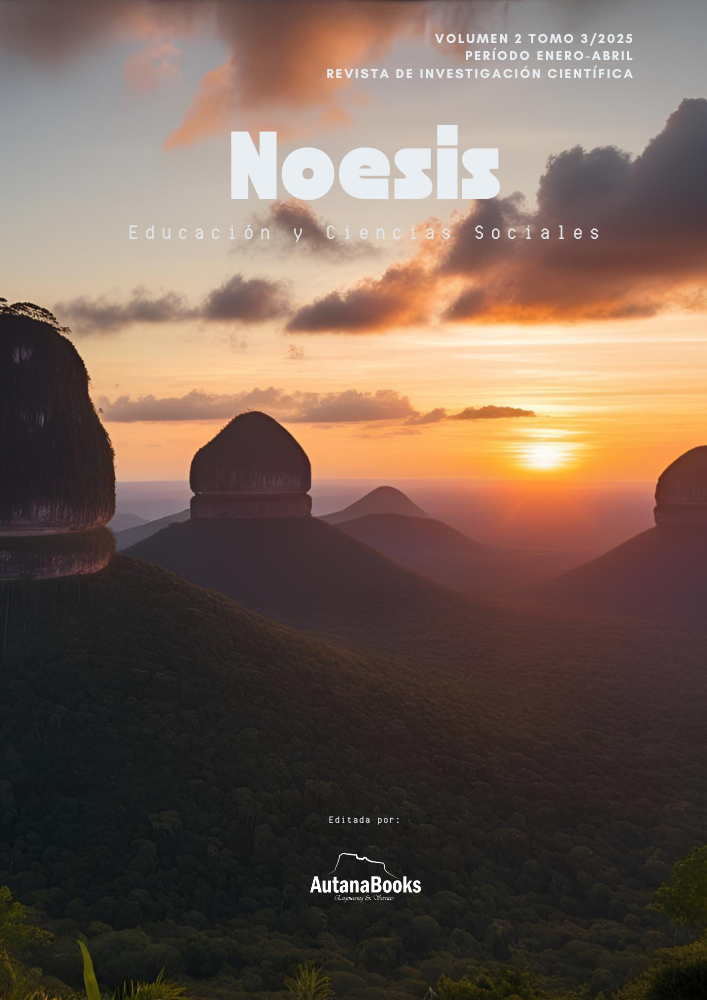Abstract
This article proposes and analyzes didactic strategies aimed at learning outside the classroom, taking advantage of complementary educational spaces of a physical, virtual and community nature. The research is framed in a qualitative approach, with case studies in basic and higher education institutions, and incorporates participant observation, interviews with teachers and analysis of innovative experiences. The results show that the use of environments such as museums, parks, community laboratories, digital platforms and spaces for social interaction strengthens experiential learning, increases intrinsic motivation and promotes the transfer of knowledge to real contexts. Likewise, a positive impact is observed on the socio-emotional development of the student, by promoting autonomy, collaboration and problem-solving skills. It is concluded that the planned integration of these spaces in the curricular design allows expanding training opportunities and favors a more inclusive, contextualized and coherent education with the demands of the twenty-first century.

This work is licensed under a Creative Commons Attribution 4.0 International License.
Copyright (c) 2025 Ricardo Bravo-Perez


